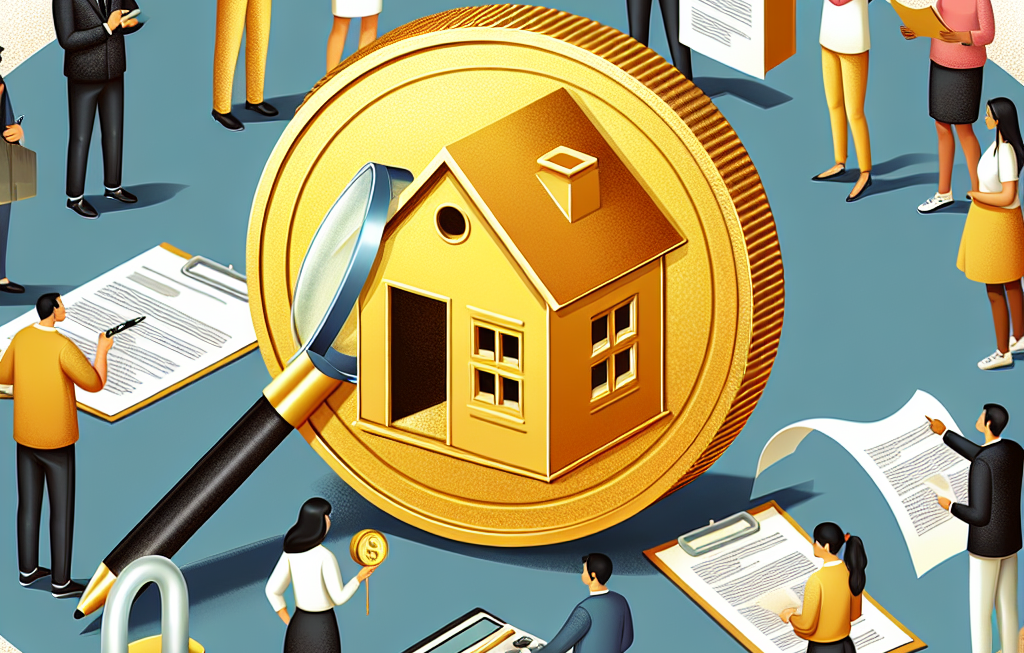Introduction
As the housing market continues to experience fluctuations, many prospective homebuyers are keeping a close eye on mortgage rates. Recently, there has been a noticeable trend of mortgage rates on the rise, causing concern among those looking to secure a mortgage. In this blog post, we will explore the reasons behind this increase in mortgage rates and what it means for the housing market.
Economic Factors
One of the most significant factors contributing to the rise in mortgage rates is the state of the economy. When the economy is strong and growing, inflation tends to rise. To combat inflation, the Federal Reserve will often raise interest rates. Mortgage rates are closely tied to the Federal Reserve’s interest rates, so an increase in the federal funds rate will lead to higher mortgage rates.
Supply and Demand
Another factor that influences mortgage rates is the supply and demand for mortgage-backed securities. When there is a high demand for these securities, lenders can charge lower interest rates. Conversely, when demand is low, lenders will increase rates to make investing in these securities more attractive.
Housing Market Trends
The state of the housing market can also impact mortgage rates. When there is a high demand for homes, mortgage rates tend to rise. This is because lenders can afford to charge higher rates when there is more competition among buyers. Additionally, low housing inventory can drive up prices, leading to higher mortgage rates.
Government Policy
Government policies and regulations can also play a role in the fluctuation of mortgage rates. For example, changes in tax laws or housing policies can influence the housing market and, in turn, impact mortgage rates. Additionally, government intervention in the mortgage market, such as offering incentives for homebuyers, can affect the demand for mortgages and subsequently influence rates.
Global Events
Global events, such as geopolitical tensions or economic crises in other countries, can also influence mortgage rates. These events can create uncertainty in the financial markets, causing investors to seek safer investments like mortgage-backed securities. As a result, lenders may increase mortgage rates to offset the perceived risk of lending in uncertain times.
Seasonal Trends
It is not uncommon for mortgage rates to fluctuate seasonally. For example, rates may rise during peak homebuying seasons when demand is high. Conversely, rates may fall during slower times of the year when fewer buyers are in the market. Understanding these seasonal trends can help homebuyers time their mortgage applications to secure the best rates.
Conclusion
As mortgage rates continue to rise, it is essential for prospective homebuyers to stay informed about the factors driving these changes. By understanding the economic, market, and policy influences on mortgage rates, buyers can make informed decisions when securing a mortgage. While rising rates may present challenges, they are also a reflection of the health and stability of the housing market.




